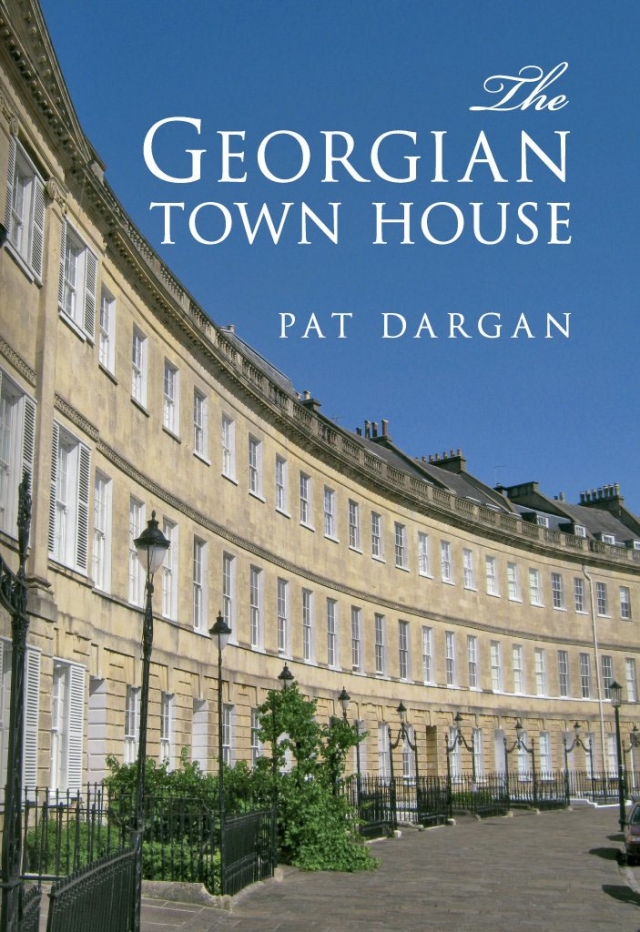The Georgian Town House
Review

The Georgian Town House, Pat Dargan, Amberley, hardback, 2013, 160 pp. ISBN 9781445614038
The tercentenary of the accession of George 1 in 2014 has revived interest in the legacy of Georgian England, which includes extensive numbers of elegant Georgian houses throughout the British Isles, which Pat Dargan contends in this attractively produced guide to the Georgian town house continue to ‘play a major role in the urban heritage' and built environment. Lavishly illustrated throughout with some 246 full colour photographs, the author, an architect, planner and lecturer, who has previously published studies of Georgian Bath and Georgian London, explains the characteristic form and features of the traditional Georgian town house, including everything from entrances and doorcases to cornices and fireplaces. It is designed to enable both owners and explorers of Georgian to houses to discover their original features and find out how they might once have looked.
A detailed glossary provides accessible definitions of many distinctive features of Georgian domestic architecture from architraves and balustrades, dados and entablatures to pilasters and porticos. The book also includes a list of museums and properties in London, Bath, Chester, Edinburgh, Dublin, Bristol, Liverpool, Limerick and Whitehaven for the Georgian enthusiast to visit, such as the delightful Handel House Museum in Mayfair. The list is by no means exhaustive and features more capital cities, principally London, Dublin and Edinburgh, than provincial towns and cities, with some fine Yorkshire examples in York, Beverley, Wakefield and Halifax, to name but a few, not included. Moreover, the book lacks indexed references to places mentioned in the text. However as an introductory guide to the features of Georgian domestic architecture it is invaluable.
The Georgian terraced house building movement during the long eighteenth century from c. 1700 to c. 1830, influenced by seventeenth century renaissance Palladian inspired precedents identified in the text, enhanced the built environment of many a town and city with its characteristically tall, slim, elegant, red brick and stone houses in streets, squares and landscaped open spaces. The book explores the origins of the movement and the stylistic influences that shaped it; discusses the pattern books promoting its distinctive features; examines the construction methods employed in creating the buildings and ‘the spatial qualities that were achieved'. It then focuses in detail upon such features as cornicing, multi-panelled doors, hallways and stairways including magnificent cantilevered examples. As well as the houses themselves, which Dargan emphasizes catered principally for the fashionable tastes of aristocratic, mercantile and wealthy families, with their splendid reception room interiors, he does not neglect to comment on the downstairs world of kitchens, larders, sculleries, coachouses and stables,. Nor does he fail to point out the deficiencies to domestic comfort necessitated by the ubiquitous chamber pot, the basins, jugs and bathing vessels which necessarily passed for ensuite accommodation in the Georgian era.

